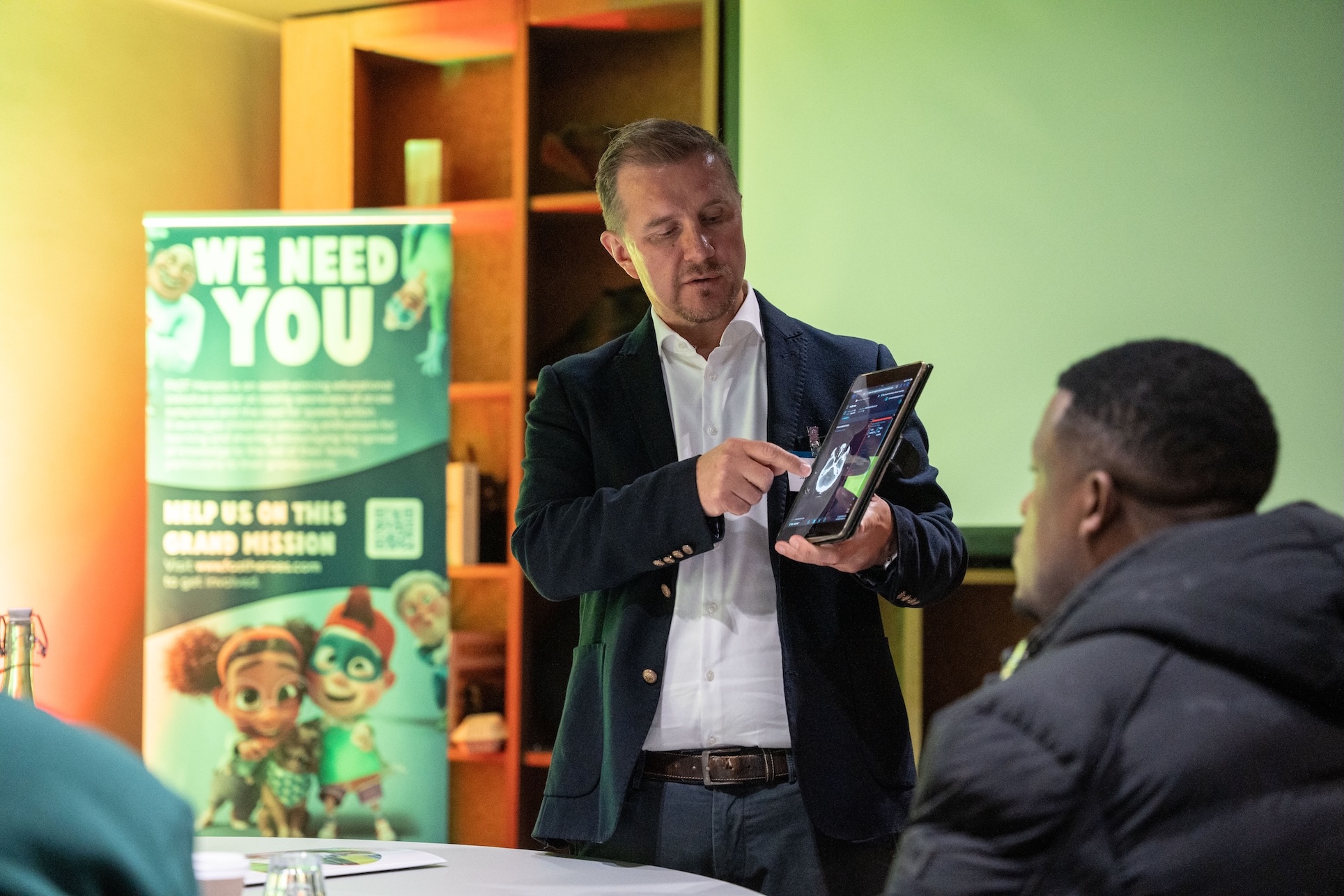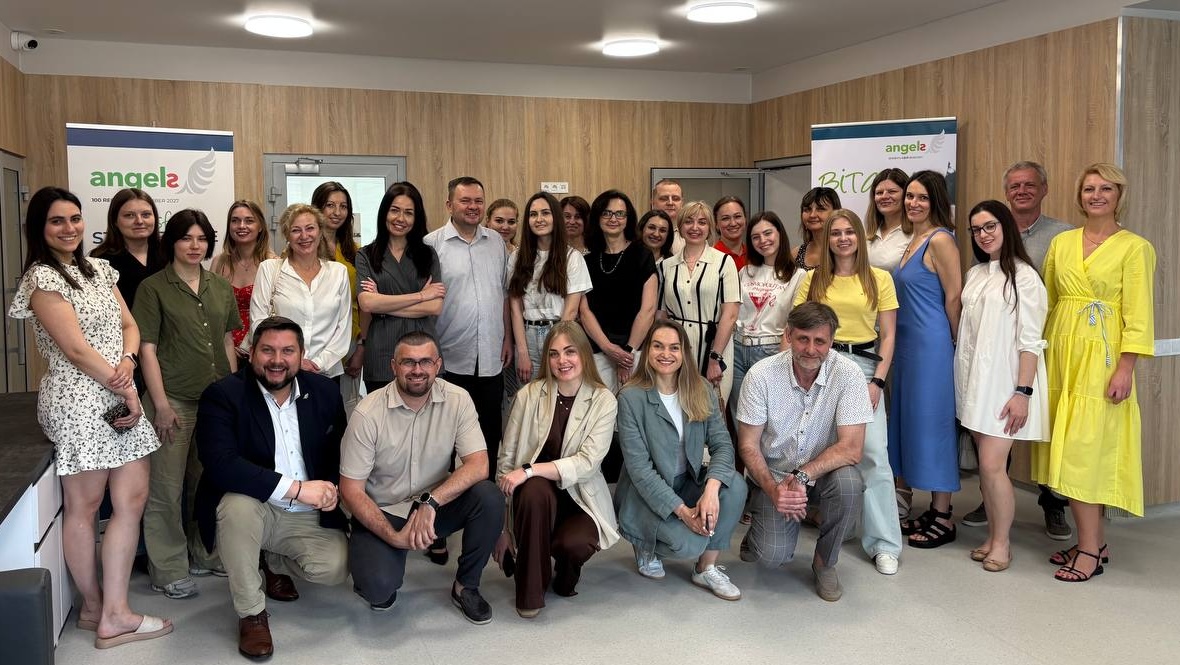Они не первые в Малайзии для лечения пациентов с инсульт с тромболизис, но уже самые быстрые.
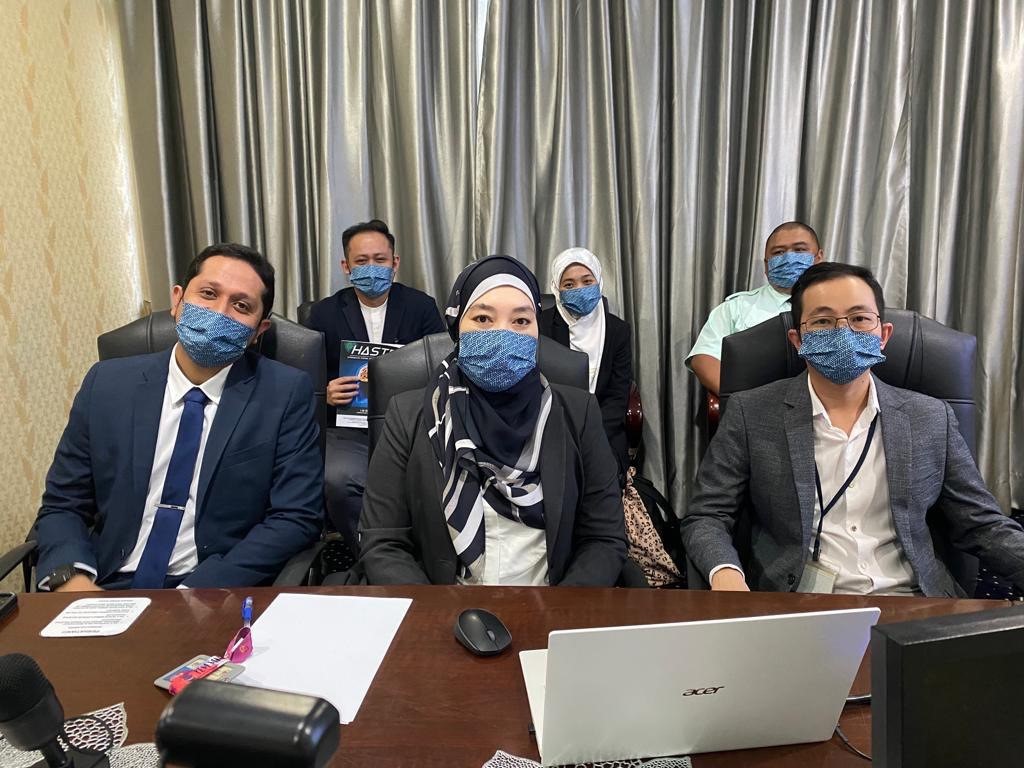
Первое тромболизис лечение, терапия в больнице Туанку Джаофар в г. Серембан (HTJS) проводилось в 5 мая 2019 и было выполнено менее чем за 60 минут. Это время от поступления до начала интенсивной терапии, о котором многие больницы по всему миру сообщают с удовлетворением даже после нескольких лет опыта, но не в этой 50-летней государственной больнице в провинции Негери-Сембилан, на западном побережье Пенингулярной Малайзии.
К 2020 году бригада по инсультная бригада в HTJS лечила большинство своих пациентов с инсульт в течение 45 минут. К началу 2021 г. более половины пациентов с инсульт проходили лечение, терапия менее чем за 35 минут, а ко второму кварталу — поскольку разрушительная третья волна COVID-19 начала негативным образом влиять на Малайзию — Бриллиантовая награда WSO Angels Бриллиантовая награда стала новым вехом; медианное время от поступления до введения препарата в мире составило 25 минут.
COVID-19 преодолел свой прогресс только временно, так как количество пациент снизилось в начале пандемии, но к концу 2021 г. инсультная бригада в HTJS заимствовала запасы rTPA в соседнем штате, чтобы не отставать от своих рабочих ставок. Несмотря на включение протоколов Covid для защиты своих пациентов и самих себя, время от поступления до введения препарата не менялось.
Невролог д-р Те Пей Чик и врач отделения реанимации д-р Эми Норина Бинти Мохд Нор рассказы о том, как больница более чем вдвое сократила время лечение, терапия за три года, при этом удвоение ее частоты реканализация, содержит мало, если что-то неожиданное. На самом деле, они поделились с вами тем, что в учебнике делали все правильно.
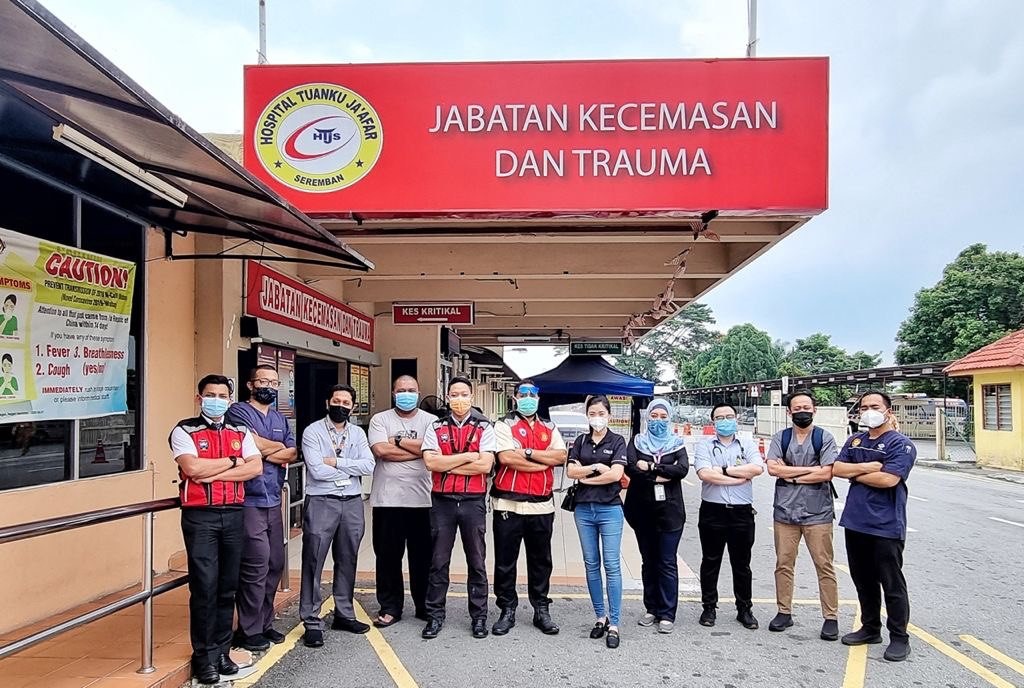
Потребность в скорости
Больница Туанку Джафар разбрызгивает на 26 гектарах в провинциальной столице Серембан, расположенной в долине речной долины Лингги, около 60 километров на юг от Куала-Лумпур. Изначально известная как больница общего профиля Серембан, она была переименована в 2006 году в десятую королевскую палату Малайзии, которая умрет в больнице имейкса через два года после того, как перенесла инсульт.
Больница HTJS с 1143 койками и 23 клиническими специальностями выступает в качестве направляющей клиники для всех врачей-специалистов Negeri Sembilan. Несмотря на то, что заболеваемость инсульт здесь растет, как это происходит в Малайзии, больница начала лечение острый инсульт только после того, как в 2018 г. она получила услуги невролог.
С самого начала доктор Тех устроил свои взгляды на самое короткое время от поступления до введения препарата и посвятил себя устранению препятствий один за другим — "главным образом", объясняет, "удаляя все ненужные взаимодействия по пути".
Под его руководством и при поддержке д-ра Эми больница систематически внедрила каждое новое руководство по протоколу лечения острый инсульт, от интеграции догоспитальных услуг до лечения на КТ.
Предварительное уведомление является ключевым фактором, и пациенты с инсульт доставляются непосредственно в кабинет КТ-визуализации, который был заранее подготовлен. Предупреждения об инсульте для вызова многопрофильной группы специалистов передаются, и драгоценные минуты сэкономлены путем выполнения нескольких действий, в том числе оценки степени тяжести инсульт и получения согласие.
Тесное сотрудничество между неврология и радиологией означает, что КТ сканирование интерпретируется немедленно, чтобы пациент пациент начать тромболизис лечение, терапия без промедления. Собственный протокол больницы HASTE (Hyperute Stroke Smart Track in Emergency) и набор HASTE, оба из его сотрудничества с службами С помощью СМП, выиграли малазийскую национальную инновационную конкуренцию, но, что более важно, оптимизируя этот путь, они спасают жизни.
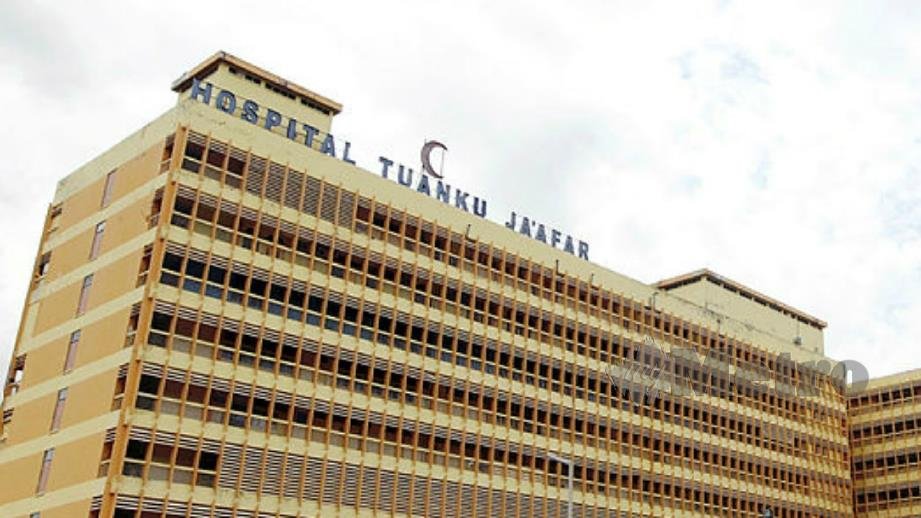
Решение проблем
Следующей задачей для д-ра Теха и его команды является ускорение поступления пациентов с инсульт в больницу. В настоящее время только одна треть пациентов поступает в больницу через С помощью СМП, а треть направляется из других центров. Тем не менее, одна треть — путешествовать без посторонней помощи и слишком часто за пределами временных рамок лечение, терапия. Это проблема, которую можно решить только посредством кампаний общественного здравоохранения, касающихся осведомленности о симптомах инсульт и первичной профилактики инсульт.
Команда HTJS также стремится улучшить услуги по лечению инсульт в других больницах в регионе, где они надеются повторить свои протоколы и поделиться своими знаниями. Учения по моделированию в близлежащей районной больнице уже включены в программу, даже если соседняя больница еще не назначила невролог.
Малайзия столкнулась с нехваткой медицинское обслуживание специалистов, в том числе в области неврология. Выступление на первой Малайзийской конференции по борьбе с инсультом в 2019 году, директор-генеральный директор по вопросам здравоохранения Датук д-р Ноор Хисэм Абдулла, по оценкам, потребовалось еще 200 специалистов-неврология, чтобы удовлетворить потребности пациентов с инсульт в стране.
В HTJS увлеченность доктора Теха как неврология, так и его пациентов переводится в длительное рабочее время, но второй невролог крайне нужен, чтобы пациенты с инсульт могли быть уверены в отличном лечение, терапия независимо от часа, и чтобы доктор Тех мог хорошо заработать сон.

